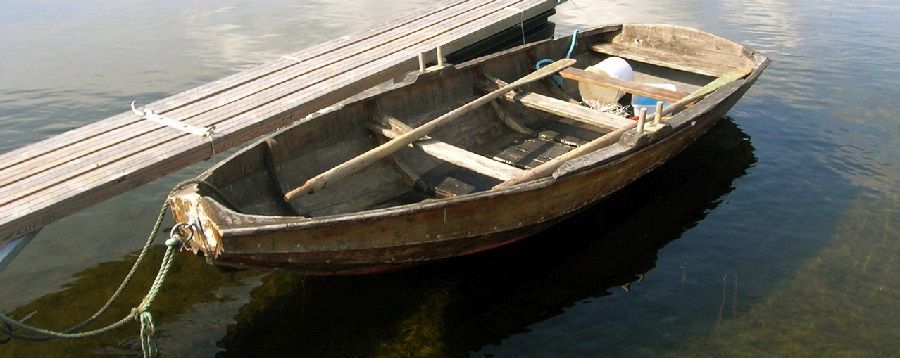
Boat Safety Tips for Work or Play

Whether you use boats for work or recreation, these boat safety tips from the Wisconsin Department of Natural Resources will help you avoid trouble on the water and get home safely.
Operator inexperience, inattention, recklessness and speeding are the four leading causes of tragic watercraft crashes. The leading cause of death is drowning. Crash statistics indicate boaters who wear life jackets and take boater safety courses are most likely to stay safe on the water. Follow these basic safety tips to safely enjoy boating for work or pleasure.
Leave Alcohol Onshore
- Never use drugs or alcohol before or during boat operation.
- Alcohol’s effects are greatly exaggerated by exposure to sun, glare, wind, noise and vibration.
- Watch a Boating Under the Influence video.
Use and Maintain the Right Safety Equipment
Have a U.S. Coast Guard-approved life jacket for each person onboard and one approved throwable device for any boat 16 feet and longer. The DNR recommends that everyone wear their lifejackets while on the water.
- Have a fire extinguisher.
- Have operable boat lights – Always test boat lights before the boat leaves the dock and carry extra batteries.
- Take emergency supplies – Keep on board in a floating pouch: cell phone, maps, flares and first aid kit.
- Learn about some key equipment to keep you safe in this boating safety equipment video.
Don’t Overload Your Boat
- Adhere to boat capacity specifications.
- Overloading a boat with freight, gear or passengers will make the boat unstable and increase the risk of capsizing or swamping.
- See why it’s important not to overload your boat in this Safe Boating – Overloading video.
Get the Coast Guard Boating Safety App
The Coast Guard has developed a boat safety mobile app that provides essential services and information most commonly requested by boaters. The app include: state boating information; a safety equipment checklist; free boating safety check requests; navigation rules; float plans; and calling features to report pollution or suspicious activity. When location services are enabled, users can receive the latest weather reports from the closest National Oceanic and Atmospheric Administration weather buoys as well as report the location of a hazard on the water. The app also features an Emergency Assistance button which, with locations services enabled, will call the closest Coast Guard command center.
Before Getting Underway
- Tell someone where you are going and when you will return.
- Open all hatches and run the blower after you refuel and before getting underway. Sniff for fumes before starting the engine and if you smell fumes, do not start the engine.
- Check the boat landing for any local, state or federal regulations that apply.
Follow Navigation Rules and Obey Warning Signs at Docks, Marinas and on the Water
Never allow passengers to ride on gunwales or seatbacks or outside of protective railings, including the front of a pontoon boat. A sudden turn, stop or start could cause a fall overboard.
After leaving the boat launch, maintain slow-no-wake speed for a safe and legal distance from the launch.
Follow boat traffic rules, including boating / marine signs with rules, hazard warnings and navigation instructions.
Watch a Safe Boating – Navigation Right of Way video.

